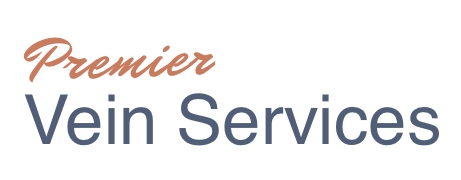Venous Insufficiency
Venous insufficiency is a circulatory problem that can lead to varicose veins and, in severe cases, venous ulcers. If you’ve got symptoms of venous insufficiency, experienced surgeon Dr. Yeshwant G. Phadke can help. Dr. Phadke and his team use innovative, minimally invasive techniques such as sclerotherapy, endovenous radiofrequency ablation, and the VenaSeal™ Closure System to treat the veins causing your symptoms. Call Premier Vein Services to find out more or book an appointment online today.
CVI is a progressive disease that can have a devastating impact.
Treatment stops it in its tracks.
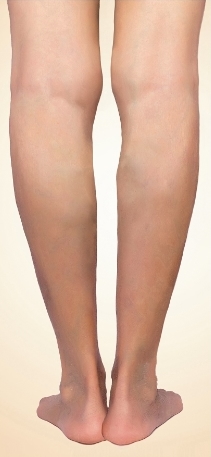
Spider Veins
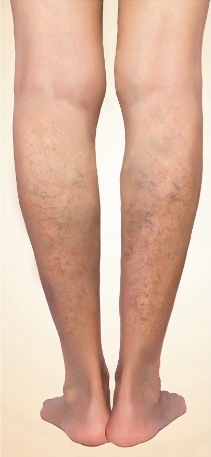
Varicose Veins
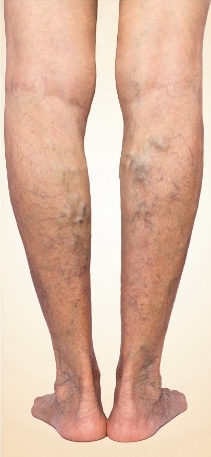
Legs & Ankles Swelling
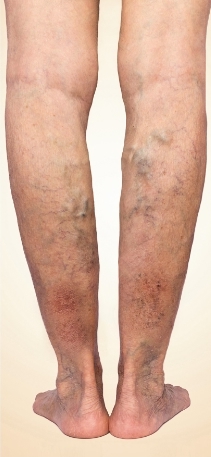
Skin Discoloration
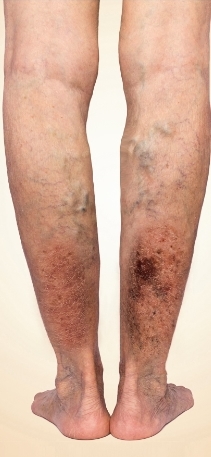
Venous Ulcers
Don’t allow your vascular conditions to progress. Visit us to have our expert team evaluate your condition to stop the progression of vein disease.
What is Chronic Venous Insufficiency?
Venous insufficiency(or Vein insufficiency) is a condition that affects the veins in your legs. Arteries going down your legs deliver blood rich with oxygen fresh from your heart. Your veins return the blood from your feet back up your body so your heart can replenish the oxygen and start the cycle again.
However, pumping blood up your legs presents problems due to gravity. Therefore, you need something in your veins to stop blood from giving in to gravity, so it gets back around your body.
A key part of the system that keeps your blood flowing in the right direction is a series of valves in your veins. These valves are like tiny doorways that allow blood through one way but stop it from going the other way.
If the valves get too weak or damaged to work as they should, blood can trickle backward, resulting in venous insufficiency.

CVI occurs when stresses on the venous system – like pregnancy, age or standing for long periods of time weaken the vein structure and the valves break down.
When the veins become weakened or diseased, vein valves no longer promote efficient blood flow and blood pools in the legs.
This impaired blood flow (or reflux) causes veins to expand, lose form and protrude from beneath the skin. This causes varicose veins, swelling, and the symptoms described above.
What symptoms does venous insufficiency cause?
One of the most common symptoms of venous insufficiency is the development of varicose veins in your legs. These are prominent, twisting veins that show through your skin in shades of red, blue, and purple. Venous insufficiency can make your legs feel:
Itchy
Painful
Tingly
Heavy
Sore
Fatigued
Feels like they’re burning
Your legs might throb, become restless at night or start cramping, or swell. Your skin might start to discolor.
Without treatment, venous insufficiency can worsen and cause serious complications like leg ulcers. These open, nonhealing wounds are challenging to treat, and in some cases, infected ulcers can lead to gangrene (tissue death).
Risk Factors
- Family history
- Sedentary lifestyle
- Trauma
- Prolonged standing
- Obesity
- Excess weight
- Current or previous pregnancy
- Smoking
To find out how these advanced treatments could address your venous insufficiency and varicose veins, call Premier Vein Services today or book an appointment online.
Treatments We Offer
Our advanced treatment options are state-of the-art and allow for rapid recovery to get you back on your feet.
VenaSeal™
In-office procedure where a catheter is inserted directly into the diseased vein and injects the VenaSeal® adhesive to seal the vein.
ClosureFast™
A catheter enters the vein and delivers radiofrequency energy to the vein wall, causing it to heat and seal shut and other healthy veins take over.
Endovenous Laser Ablation
Endovenous laser varicose vein surgery is a procedure that uses heat from a laser to reduce varicose veins.
Varithena®
FDA approved microfoam that treats varicose veins in the great saphenous vein (GSV) system and other truncal veins
Sclerotherapy
In-office procedure where a solution, called a sclerosing agent, is injected into the veins causing the blood to clot and the vein to scar.
Phlebectomy
Small incisions are made in the area of the vein, and then a tool is used to remove the vein. The incision is closed and bandages are applied.
Treatments We Offer
Our advanced treatment options are state-of the-art and allow for rapid recovery to get you back on your feet.
VenaSeal™
In-office procedure where a catheter is inserted directly into the diseased vein and injects the VenaSeal® adhesive to seal the vein.
ClosureFast™
A catheter is introduced into the vein and delivers radiofrequency energy to the vein wall, causing it to heat, collapse and seal shut and other healthy veins take over.
Endovenous Laser Ablation
Endovenous laser varicose vein surgery is a procedure that uses heat from a laser to reduce varicose veins.
Sclerotherapy
In-office procedure where a solution, called a sclerosing agent, is injected into the veins causing the blood to clot and the vein to scar.
Phlebectomy
Small incisions are made in the area of the vein, and then a special hook tool is used to remove the vein. The incision is closed and bandages are applied.
